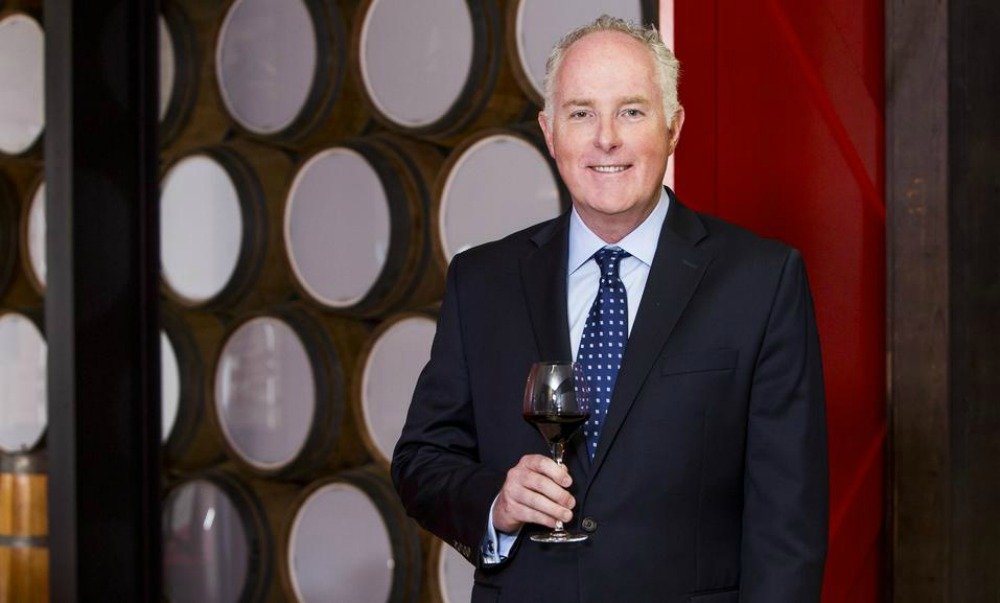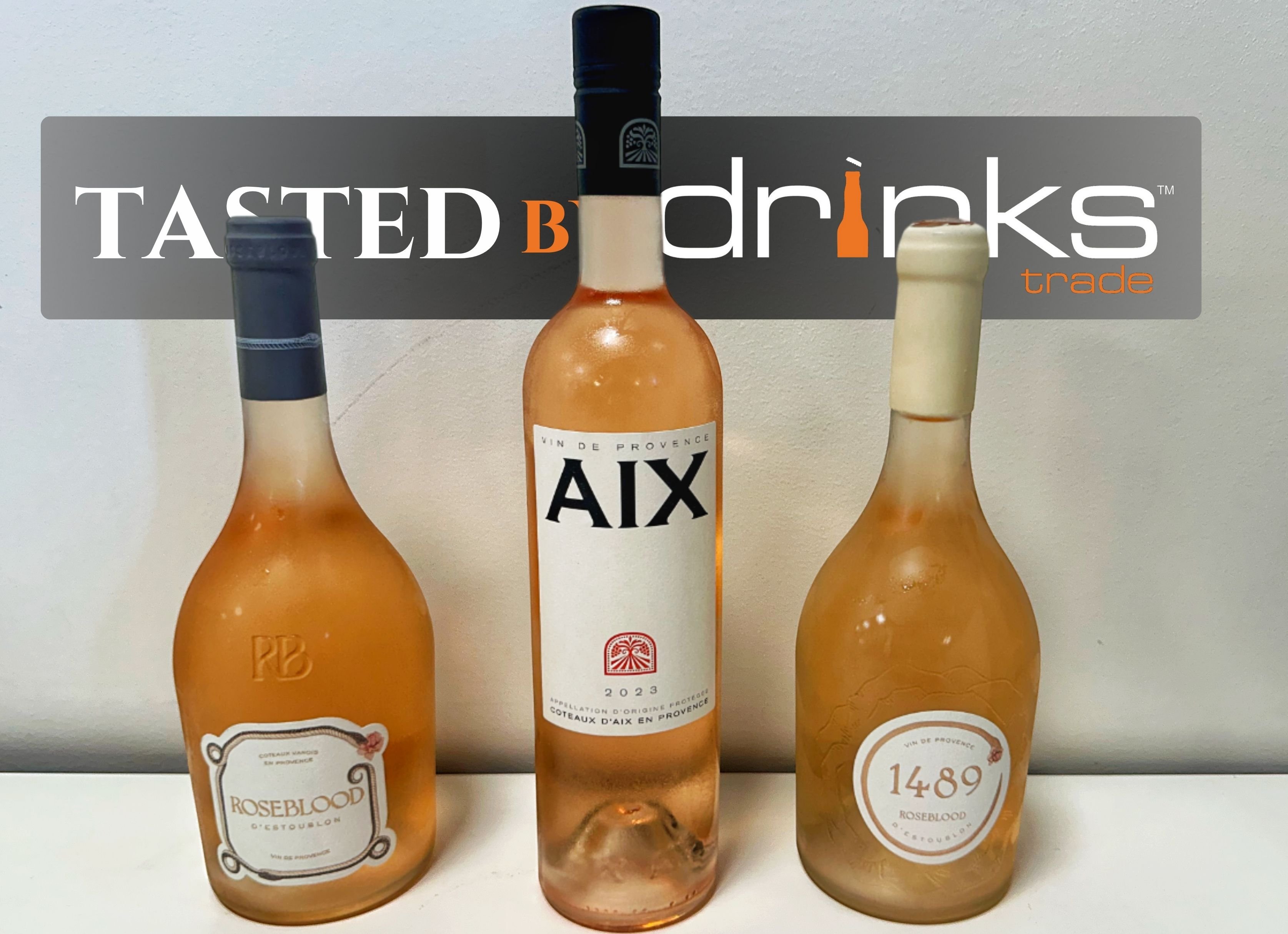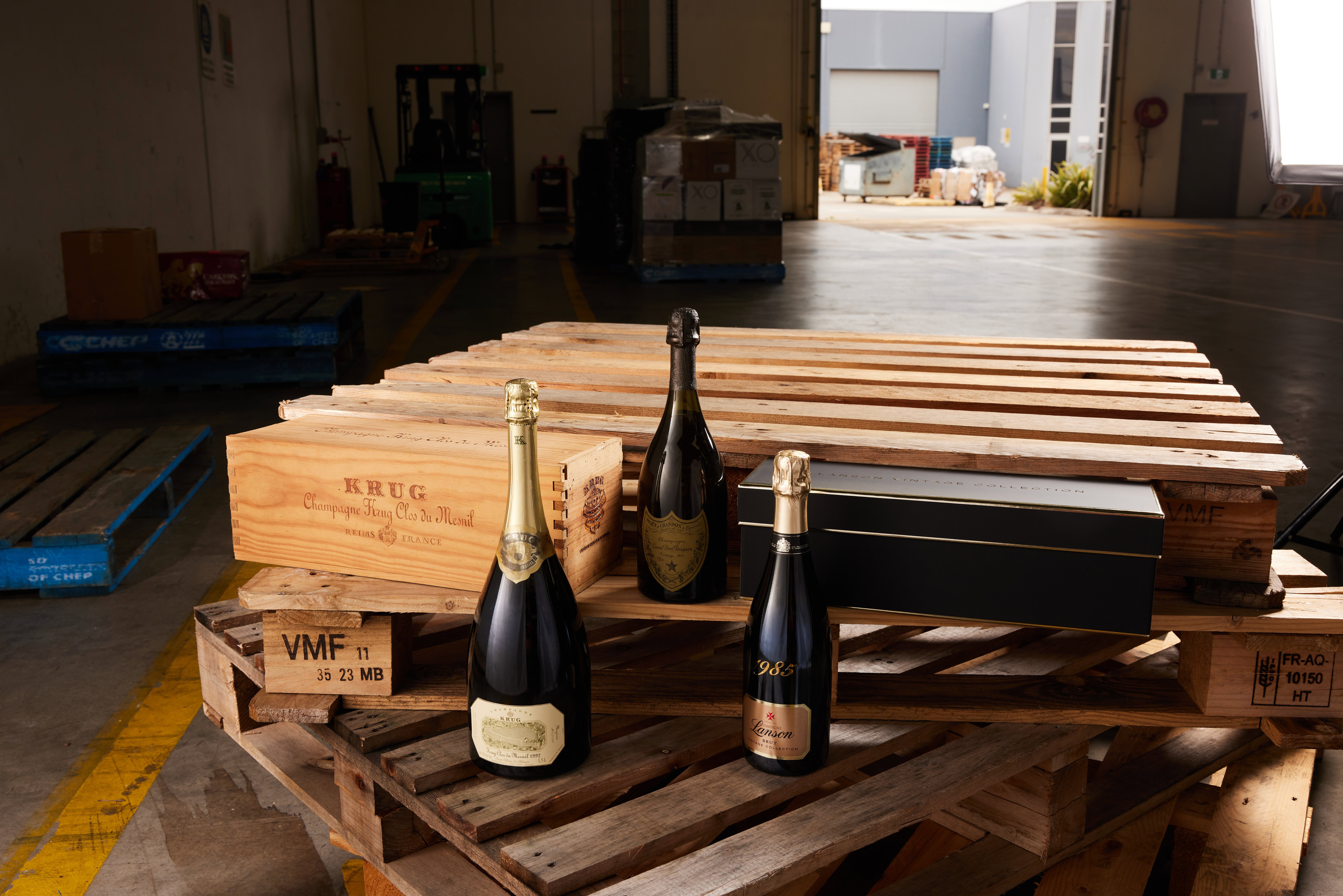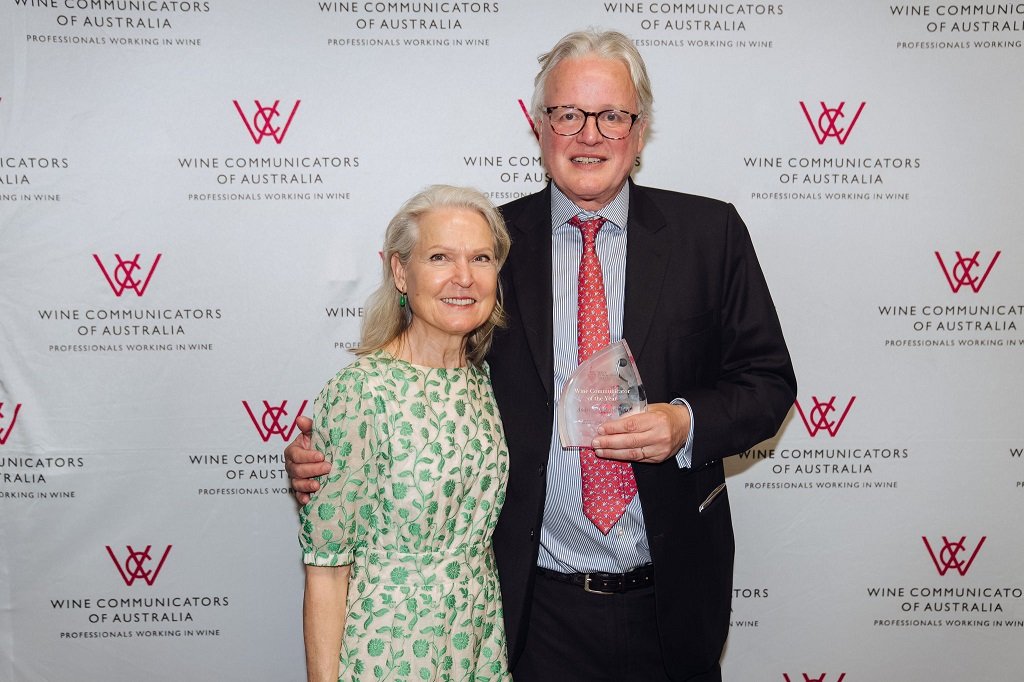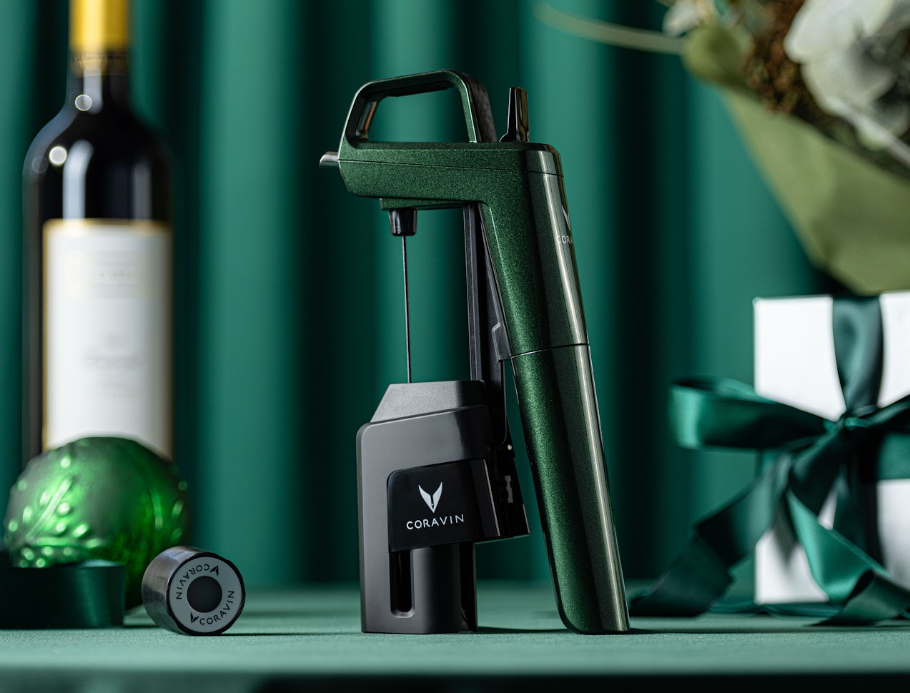TWE FY19 results have been released, with highlights including 25% EBITS growth and operating cashflow up 36%.
Increased demand for luxury wine in Australia and overseas pushed net profit for Treasury Wine Estates up by 16% to $419.5 million.
TWE has also confirmed the acquisition of French production and vineyard assets in the Bordeaux region of France, with CEO Michael Clarke revealing it is just the first acquisition but "will not be the last".
"Today, we’re announcing the acquisition of French production and vineyard assets in the Bordeaux region, which will allow us to expand our French country of origin portfolio, centered on Penfolds, Beaulieu Vineyards and Maison de Grand Esprit brands," he said. "This investment will allow us to step change our sourcing strategy for fruit in France."
The company also announced the significant future expansion of its luxury winemaking infrastructure in South Australia.
TWE reported FY20 guidance for growth capex of up to $135 million including the settlement of its new Bordeaux asset in July and an expected $150million to $180million expenditure across FY20 and FY21 in its Bilyara winery site in South Australia.
“This project will support the continued growth of the Australian luxury portfolio and will increase wine making capacity, drive production efficiency and increase wine storage facilities,” TWE told its investors.
“The investment includes an additional production line, processing infrastructure and the construction of additional barrel storage facilities, increasing production and storage capacity.”
Bilyara Packaging Centre is the company’s largest bottling operation in Australia, employing 250 people.
It operates four bottling lines, packaging 216 million bottles per year, which are exported to more than 100 countries.
TWE invests in French infrastructure
Clarke told analysts the company's ambition was to become "the No.1 importer of French wine into China".
In FY18, Clarke said that French wine had delivered “phenomenal profit” for the company through its new Maison de Grand Esprit range.
“The only problem is that we can’t get our hands on enough wine,” he said.
Clarke added in February: "In order to really have a serious platform that we can grow our French portfolio from, we don't want to use other people's infrastructure to do everything.
"We want our infrastructure, we want a permanent team on the ground and the beauty is you can also have visiting winemakers, especially from Australia, going to France because it's contra season obviously, for two different vintages."
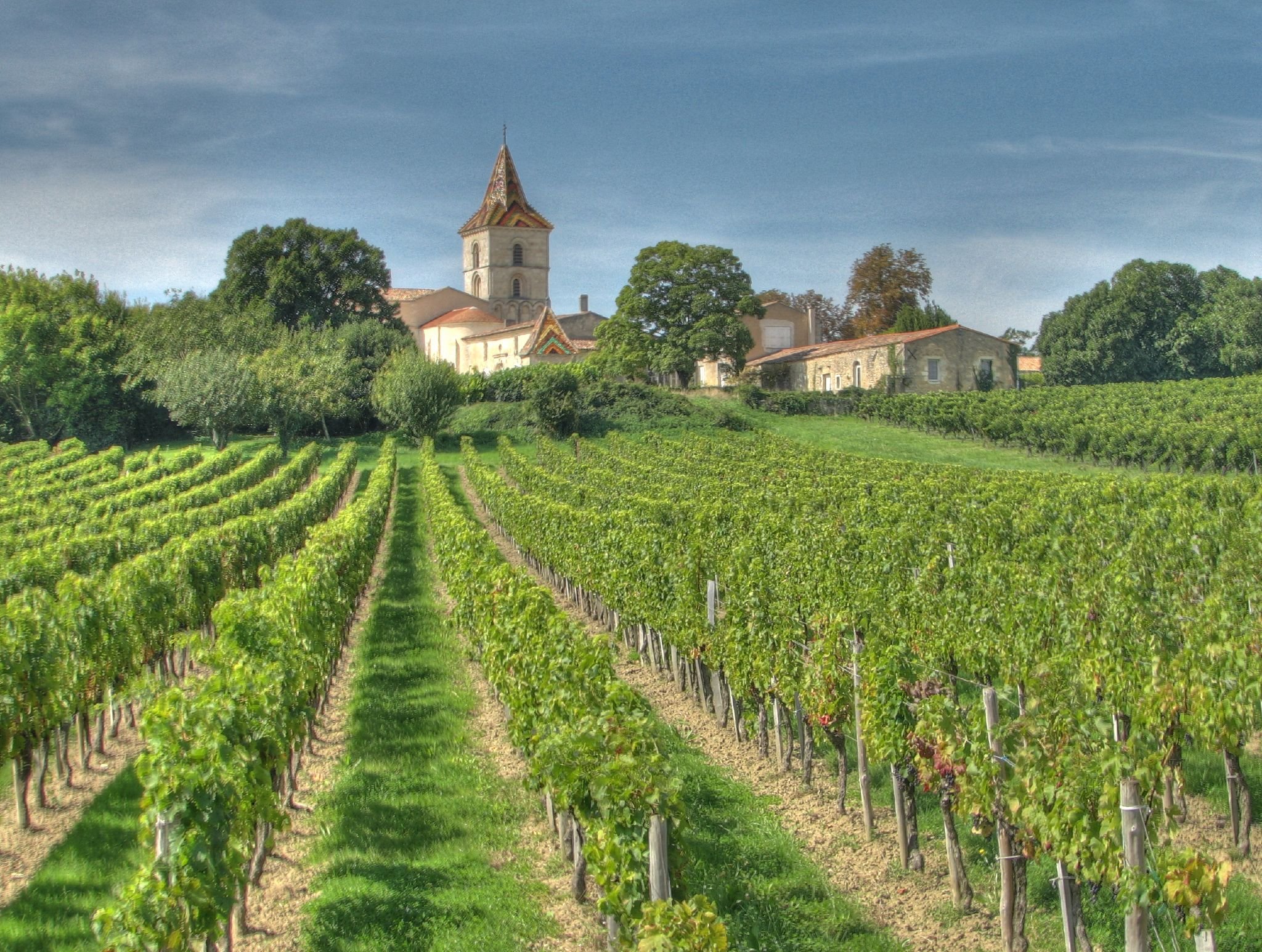
TWE noted that its proposed projects in Australia and France represent key investments that will support continuation of its premiumisation strategy.
Premiumisation was a key driver of performance, with NSR from the Luxury and Masstige segments growing 27% in FY19.
TWE added that the 2019 Australian vintage represented “yet another outstanding luxury intake” and current investments in French production assets and Australian luxury winemaking capacity would “support the next phase of the premiumisation journey”.
“Further strengthening of the Company’s competitively advantaged route-to-market remains a priority, particularly in the US and Asia, both of which remain attractive markets for premium wine consumption and where TWE sees significant opportunity to continue growing a focused portfolio of brands,” the company added.
TWE reiterated its FY20 guidance of reported EBITS growth of approximately 15% to 20%, with FY20 full year underlying cash conversion expected to be broadly in line with FY19.
CEO Michael Clarke (pictured main) said: “I am extremely pleased to announce yet another high-quality set of financial results for our shareholders in fiscal 2019, delivering a five year EBITS CAGR12 of 30%.
“Today’s results confirm the positive momentum in our business which is being delivered through our premiumisation strategy, the disciplined investments we have made in our business over recent years and importantly, exceptional execution by our global team.
“While the competitive and macro-economic landscape has presented challenges for the industry in some of our key growth markets, our competitively advantaged business models and collaborative customer partnerships have enabled TWE to continue delivering strong underlying growth.”
Key highlights from a regional perspective included:
• Americas reported 13% EBITS growth to $218.7 million. TWE said it had successfully embedded route-to-market changes and investment in the US. “Premiumisation continues to be a key driver of performance, with increased Luxury and Masstige volumes complemented by growth in Canada and Latin America.”
• Asia reported 43% EBITS growth to $293.5million, which TWE said was driven by increased availability of Luxury and Masstige wine, growing demand for TWE’s portfolio of brands and outstanding execution. “TWE continues to invest in driving distribution, brand building and organisational capability throughout the region to support future growth.”
• Australia & New Zealand reported 15% EBITS growth to $156.5million, driven by growth across the Masstige and lower Luxury portfolios, improving performance in the on-premise channel and an ongoing focus on managing costs. It also noted that its 25% market share target in Australia had been maintained.
• Europe reported 4% EBITS growth to $51.4million, driven by targeted investment behind priority brands in focus markets throughout the region.
“The results announced today demonstrate the exceptional returns we are delivering for our shareholders, and they are a direct result of the investments and structural change our team has made in our global business over the past five years,” Clarke said.
“Sustainability is at the heart of everything we do at TWE, and we will continue to pursue opportunities to enhance the fundamentals of our business with a mindset of prioritising long-term success over short-term outcomes. We look to the future with confidence, knowing that we have the people, the brands, the wine, the business models and the customer partnerships to continue delivering sustainable, margin accretive growth.”
Share the content
